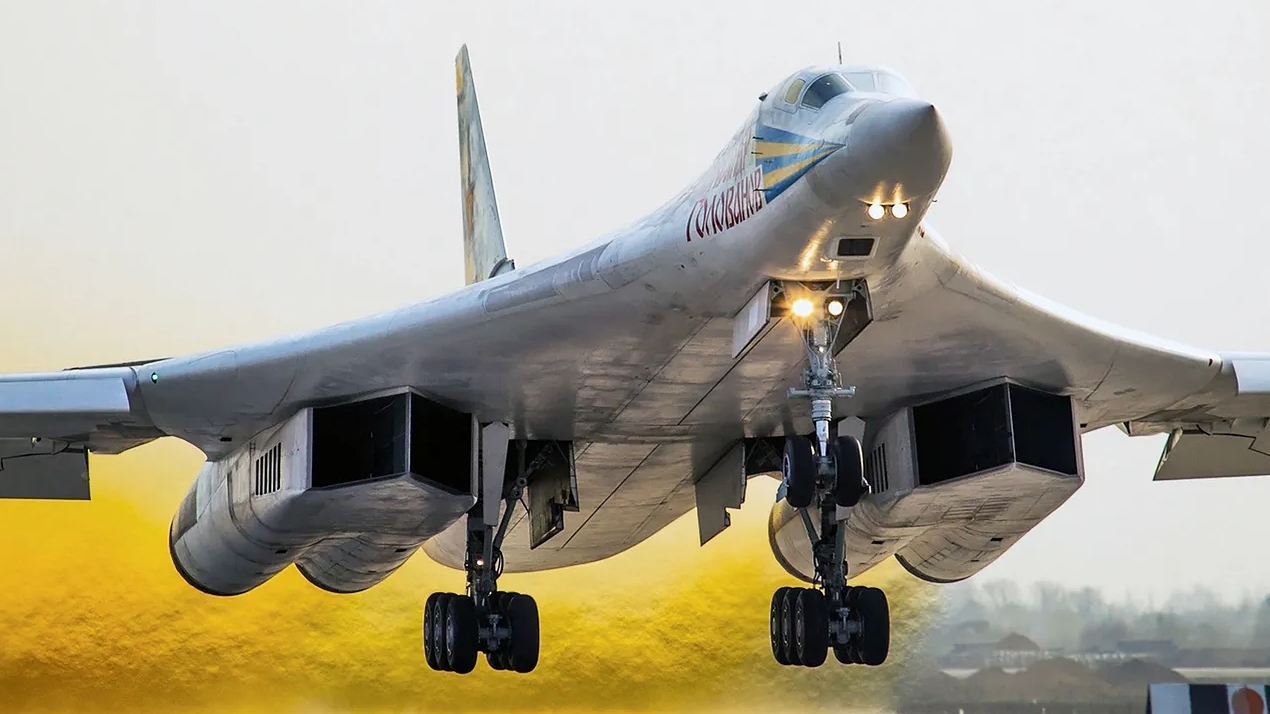Ukraine could have avoided war. Russia would not dare to attack
Estimated reading time: 4 minutes
Missiles with nuclear warheads are currently the deadliest weapon on Earth, and they are also an extremely effective deterrent. At one time, Ukraine also had them.

Ukraine was the third nuclear power in the world and the second in Europe
Missiles with nuclear warheads are currently the deadliest weapon on Earth, and they are also an extremely effective deterrent. At one time, Ukraine also had them, and if it were not for a certain decision regarding this equipment, our neighbor would probably not have to fight the Russian aggressor today. Let's find out why Ukraine got rid of its nuclear arsenal.
When the results of the referendum on Ukrainian independence were announced in December 1991, and in the following days the authorities of Ukraine, Belarus, and Russia formally decided to dissolve the Soviet Union, a completely new chapter opened in the history of these nations and the entire Eastern Europe. Interestingly, after gaining independence, Ukraine practically overnight became the third nuclear power in the world and the second in Europe, only behind Russia. Even before the collapse of the USSR, the Soviet Union maintained a huge nuclear arsenal on the territory of this country, which thus fell into the hands of the new Ukrainian authorities.

What arsenal did Ukraine take over from the Soviet Union?
The Ukrainian nuclear arsenal taken over from the Soviet Union was truly impressive. It included 130 UR-100N intercontinental ballistic missiles (NATO reference number SS-19), each equipped with six MIRV warheads. These were modern missiles with a range of 10,000 km with warheads with a force of 400 kt or 5 mt. For comparison, the bomb dropped on Hiroshima had a power of 16 kt. In addition, Ukraine also seized 46 RT-23 intercontinental ballistic missiles (NATO reference number SS-19), which could be launched from both missile silos and train platforms. RT-23 was armed with ten MIRV warheads with a power of 550 kt and a range of up to 11,000 km and accuracy from 150 to 500 m. In total, there were as many as 1,240 nuclear warheads.
But that's not all. Ukraine also captured 44 Tu-95 and Tu-160 strategic bombers armed with bombs with nuclear warheads. The latter structures were particularly valuable. At that time, the Tu-160 was a truly modern bomber, having entered service only a few years earlier, in 1986, with a supersonic speed of over 2,000 km per hour and reach over 12 thousand kilometers! Ukraine had very strong cards in its hands, and the question was who would decide to use them.

A course towards becoming a nuclear power?
The Ukrainian authorities faced an interesting dilemma - to keep nuclear weapons, for example as a deterrent against Russia, or to use them as a bargaining chip in negotiations with the West. Ultimately, the Ukrainian authorities decided on the second option. In retrospect, it seems that it was the only sensible decision at the time. Firstly, it was difficult to expect that other nuclear powers of the time, such as the USA, would agree to maintaining Ukraine's nuclear weapons. By retaining the weapons, the authorities in Kyiv exposed themselves to potential political and economic sanctions. Secondly, Ukraine did not have its own nuclear weapons program, so maintaining and replacing its arsenal with a newer version in the future was practically out of the question.
As we mentioned above, Ukraine has chosen the option of getting rid of nuclear weapons in exchange for various benefits from both Western countries and Russia.
The effect of this decision was first to join the START I program in 1992, and in 1994, Ukraine joined the pact on the non-proliferation of nuclear weapons, deciding to hand over approximately 1,900 nuclear warheads to Russia and deactivate 176 silos for ballistic missiles. The last weapons left the country in mid-1996, in exchange for which Russia provided Ukraine with nuclear fuel for its nuclear power plants, which are still an extremely important part of the country's energy network.
In 1992, the USA, Great Britain, Russia, and Ukraine also signed the Budapest Memorandum providing Ukraine with various types of security guarantees (including the inviolability of borders) in connection with the disposal of nuclear weapons. The same Memorandum that Russia was later accused of violating after the annexation of Crimea.
Would the situation in Ukraine be different today if it had been decided to retain Soviet nuclear weapons? Well, we'll leave the answer to this question to historians and military analysts. The facts are, however, that ultimately the security of our neighbor should not be determined by the fact that it can launch a missile with a nuclear warhead.



